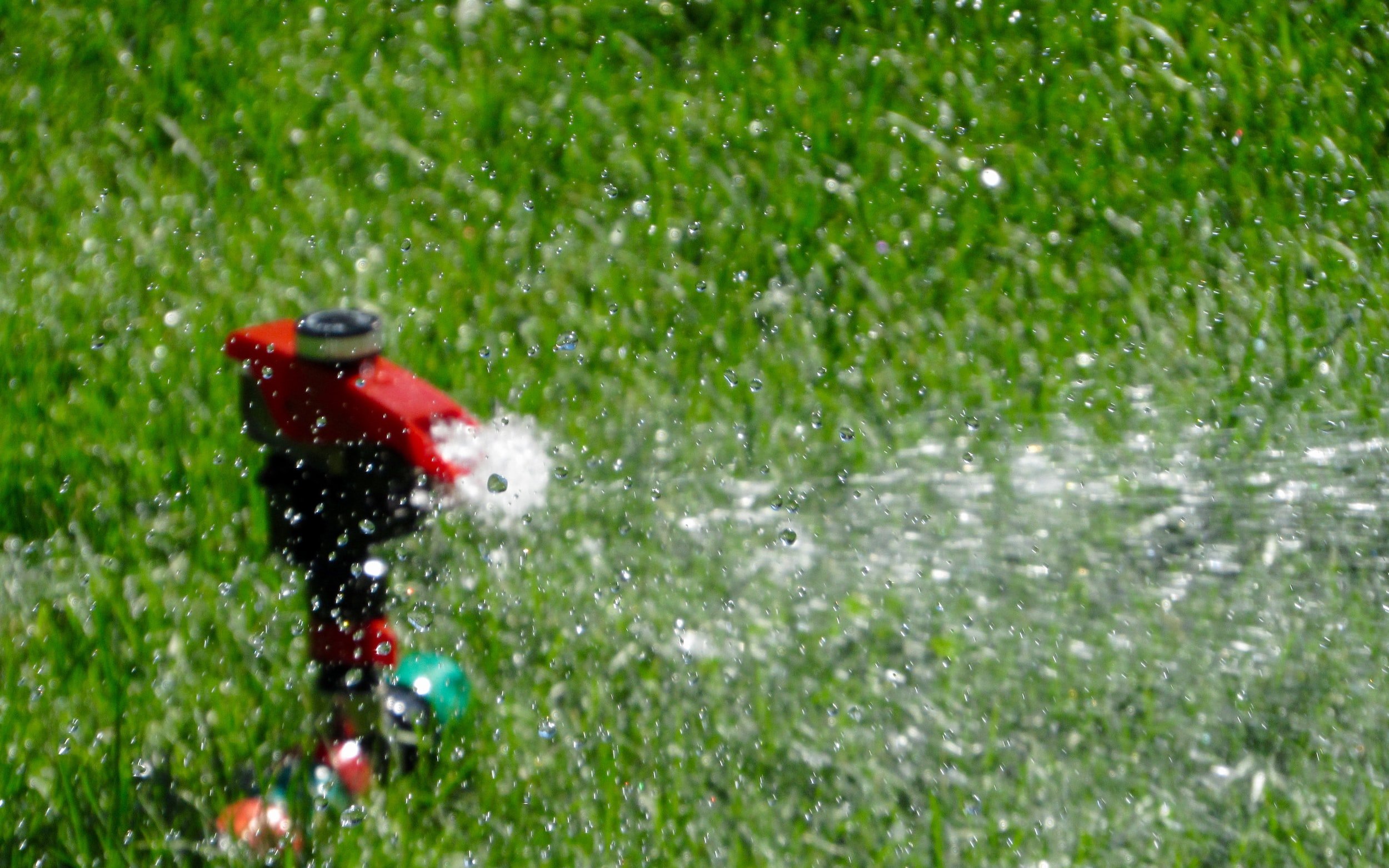
Sod Aftercare Guidelines
“What is the aftercare process I should follow after new sod is installed and why is aftercare so important?”
The aftercare process for newly installed sod is crucial because it greatly affects the success of the sod establishment and the overall health and appearance of the lawn. Proper aftercare can help the sod to become firmly rooted in the soil and develop a strong, healthy root system. Inadequate aftercare, on the other hand, can result in poor sod establishment, disease, and weed infestations, as well as an unattractive lawn.
Here are some reasons why the aftercare process for newly installed sod is critical:
Promotes root growth: Adequate watering, fertilizing, and mowing help the sod to establish roots, which in turn allows the sod to take in water and nutrients more efficiently.
Prevents disease and weed infestations: Proper care can help to prevent diseases and weed infestations that can weaken and damage the sod.
Maintains proper soil moisture levels: Consistent watering helps to maintain proper soil moisture levels, which are crucial for healthy root development and the overall health of the sod.
Promotes healthy blade growth: Adequate watering and fertilizing help to promote healthy blade growth, which in turn provides a lush, green appearance to the lawn.
Avoids damaging the sod: Avoiding heavy foot traffic, mowing the sod properly, and not over-fertilizing can help to avoid damaging the sod and delaying establishment.
Therefore, following the aftercare process for newly installed sod is crucial for achieving a beautiful and healthy lawn that will last for many years.
If you don't follow the aftercare procedure for your newly installed sod, several things can happen:
Drought stress: The sod may not receive enough water, leading to drought stress and browning.
Root establishment: The roots may not establish properly, causing the sod to dry out and die.
Pest infestation: Pests like grubs, armyworms, and sod webworms can infest the sod if proper care is not taken.
Disease: Diseases like brown patch and root rot can occur if the sod is not properly watered and mowed.
Uneven growth: Uneven growth and patchiness can occur if the sod is not properly fertilized and watered.
By following proper aftercare procedures, you can help ensure the health and longevity of your newly installed sod.
Detailed Aftercare Process for Newly Installed Sod:
Watering: Sodded areas need to be kept consistently moist in order to encourage root growth. During the first two weeks, water the sod twice a day every day for 20 to 30 minutes, once in the morning before the sun comes up and once at night after the sun goes down (or just before the sun goes down when the temperature isn't as hot). Then, for the next 2 to 3 weeks, water the sod once a day every other day for 30 minutes, allowing the soil to dry out slightly between watering.
Mowing: Do not mow the sod until it has been growing for 2 to 3 weeks, or until it reaches a height of 3 inches. Then, mow the sod to a height of 2 to 2.5 inches, being careful not to remove more than one-third of the blade length at any time.
Fertilizing: Although not a necessity, it is feasible to start fertilizing the sod 4 to 6 weeks after installation, using a slow-release fertilizer that is formulated specifically for lawns. Fertilize the sod again every 6 to 8 weeks during the growing season, following the instructions on the fertilizer package.
Weed control: Apply a pre-emergent weed control product to the sod 4 to 6 weeks after installation, to prevent weed seeds from germinating. Reapply the weed control product every 6 to 8 weeks, as needed.
Foot traffic: Avoid heavy foot traffic on the sod for the first 4 to 6 weeks after installation, as this can damage the roots and delay establishment.
Aeration: Aerate the sod once a year, by punching holes into the soil with a lawn aerator. This helps to improve water and nutrient uptake, as well as promote healthy root growth.
Irrigation: Make sure the sod is getting enough water, especially during hot and dry weather. You can check the soil moisture by digging a small hole and seeing how moist the soil is.
